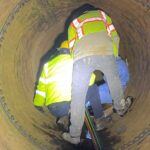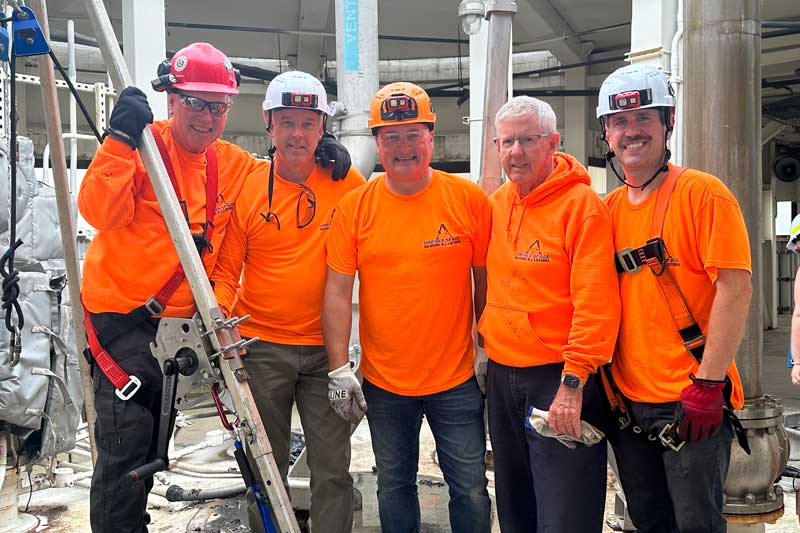At Confined Space Rescue Solutions, we exclusively hire firefighters and EMTs (Emergency Medical Technicians) to provide our confined space rescue services. These professionals already bring a wealth of experience, but to ensure the highest level of safety, we recognize that even the most skilled rescuers need ongoing, regular training.
In confined space rescue operations, every second counts, and the stakes couldn’t be higher. Confined spaces present unique risks, including hazardous gases, low oxygen levels, and the danger of entrapment. While these spaces require skilled workers, the importance of having well-trained responders who can react quickly and effectively during an emergency cannot be overstated!
Here’s why we believe it’s crucial to keep up with training, even for the most experienced professionals in the field.
- Staying Current with Safety Standards & Regulations
In any industry, safety protocols and regulations are constantly evolving. In the world of confined space rescues, new safety standards, technologies, and equipment are frequently introduced, and regulatory bodies like OSHA (Occupational Safety and Health Administration) continuously update their guidelines.
Even though our firefighters and EMTs are well-versed in safety regulations and rescue procedures, failing to stay up-to-date with these changes could lead to non-compliance or missed opportunities to improve safety practices. By keeping up with training, we ensure our team is always aligned with the latest standards, regulations, and best practices, helping us operate in the safest, most compliant manner possible for your project.
- Refining Specialized Rescue Skills
While firefighters and EMTs are already trained to handle emergency situations, confined space rescues require a unique set of skills. The nature of these rescues often demand specialized techniques, such as rigging equipment, atmospheric monitoring, or operating in tight, restricted spaces.
Even the most experienced firefighters and EMTs need to regularly practice these specialized skills to ensure they are performed efficiently and effectively in high-pressure situations. Training allows our team to refine these techniques, familiarize themselves with new equipment, and practice rescue scenarios in real-world conditions. This ensures that they are always ready to respond when disaster strikes.
- Maintaining Effective Communication & Team Coordination
Confined space rescues require a highly coordinated team effort. Whether it’s performing a technical rescue, stabilizing a patient, or navigating through a dangerous environment, communication is key. When seconds count, clear and effective communication can make all the difference between a successful rescue and a failed one.
Even though firefighters and EMTs are trained to work in high-stress situations, regular training exercises allow them to practice coordination and communication as a team. This ensures that each member of the team understands their role and how to respond when a rescue operation is underway. By practicing together, our team strengthens their ability to work seamlessly, improving overall effectiveness in high-risk environments.
- Adapting to New Technologies & Rescue Equipment
The tools and equipment used in confined space rescues are constantly evolving, with new technologies improving both the safety and efficiency of rescue operations. From advanced gas detection systems to new rigging techniques or personal protective gear, it’s critical that our team stays familiar with the latest equipment.
Training sessions provide an opportunity for our team to work with the newest technologies and rescue tools. This ensures they are comfortable and confident using them in real-life rescue situations. Familiarity with the latest equipment not only improves safety but also allows for quicker, more efficient rescues, which is essential in confined space operations where every moment matters.
- Promoting Health & Safety Awareness
While our team of firefighters and EMTs are highly trained in emergency medical care, confined space rescues come with their own set of health and safety challenges. Working in environments with limited oxygen, toxic gases, or extreme temperatures requires constant vigilance regarding personal health and safety.
Training provides our team with the opportunity to review health and safety protocols related to confined space environments. This includes reinforcing the importance of atmospheric monitoring, recognizing the signs of physical distress (such as fatigue, heat exhaustion, or hypoxia), and taking precautions to prevent health-related accidents during operations.
By keeping up with training, we ensure our team remains sharp and aware of potential health hazards, a necessity when working in these dangerous environments.
- Boosting Confidence & Morale
The pressure during confined space rescues can be immense. Even the most experienced firefighter or EMT can feel the stress of operating in high-risk, time-sensitive environments. Regular training helps boost confidence by reinforcing skills, refining rescue techniques, and providing an opportunity to practice challenging rescue scenarios.
As a result, our team feels more confident and capable when responding to actual emergencies. Training also fosters team camaraderie and morale, as it allows our firefighters and EMTs to bond over shared experiences and goals. When our team feels confident in their skills and their teammates, they’re more likely to perform at their best during a rescue mission.
- Reducing the Risk of Errors & Accidents
Confined space rescues are high-risk operations. Mistakes can lead to severe consequences, not only for the person being rescued but for the rescuers as well. Even experienced responders are not immune to errors—especially in stressful, high-stakes environments.
Yearly training helps minimize the risk of mistakes by reinforcing the procedures and safety measures needed to perform a successful rescue. Through regular practice, our team becomes more adept at following protocols, identifying potential hazards, and taking the correct actions under pressure. This reduces the likelihood of accidents or errors during a real rescue operation, ultimately making the process safer for everyone involved.
Why Ongoing Training is Key at CSRS
Confined Space Rescue Solutions understands that hiring the best professionals—firefighters and EMTs—is just the first step in maintaining a top-tier confined space rescue team. To ensure the safety and success of every operation, we place strong emphasis on ongoing training. Even with their extensive backgrounds, our rescuers benefit from continuous learning, keeping up with the latest protocols, equipment, and procedures.
Investing in regular, hands-on training helps refine their skills, improve team coordination, and ensure they are ready to handle any emergency. It’s an investment that pays off in lives saved, accidents prevented, and a well-prepared, confident team. In the high-risk world of confined space rescues, regular training is not just a requirement; it’s a lifeline.
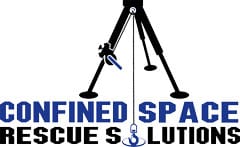
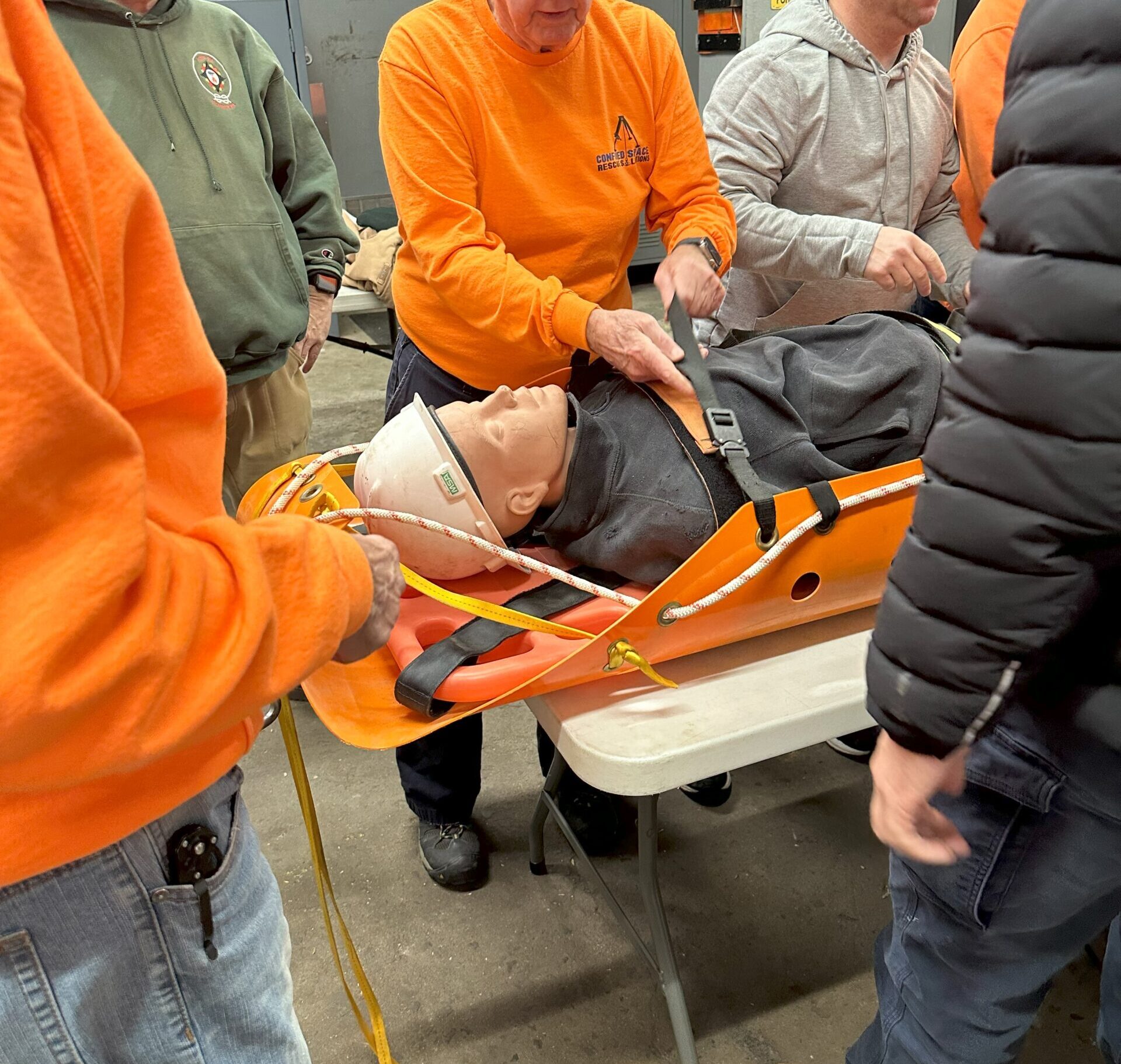
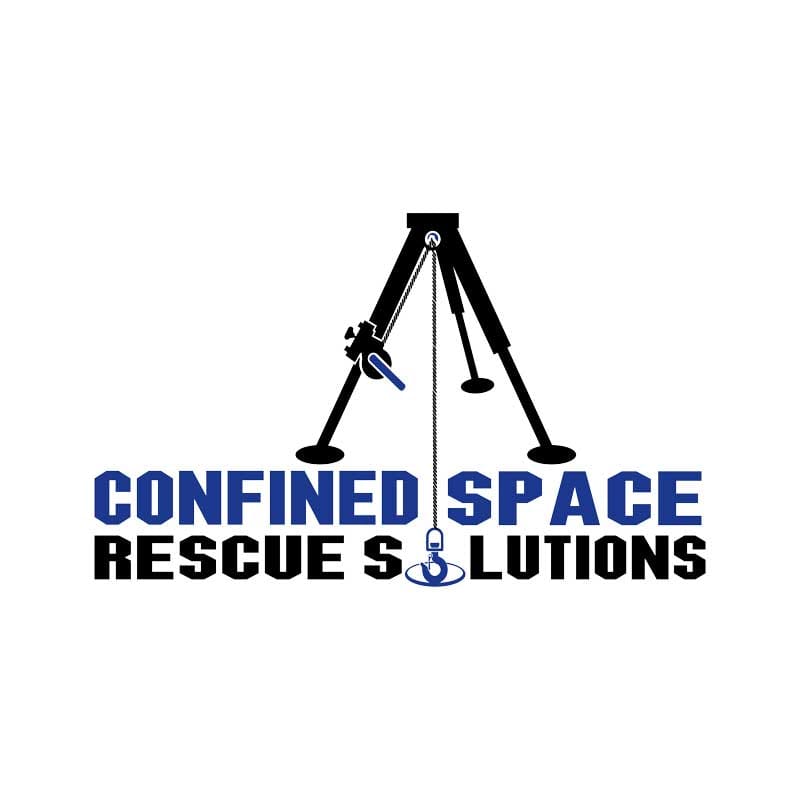 Confined Space Rescue Solutions, based in Quincy, MA, offers expert standby rescue and training services for employers with confined space entry needs. Serving clients across New England, the company specializes in ensuring the safety and compliance of workers in hazardous environments through professional rescue teams and tailored training programs.
Confined Space Rescue Solutions, based in Quincy, MA, offers expert standby rescue and training services for employers with confined space entry needs. Serving clients across New England, the company specializes in ensuring the safety and compliance of workers in hazardous environments through professional rescue teams and tailored training programs.



